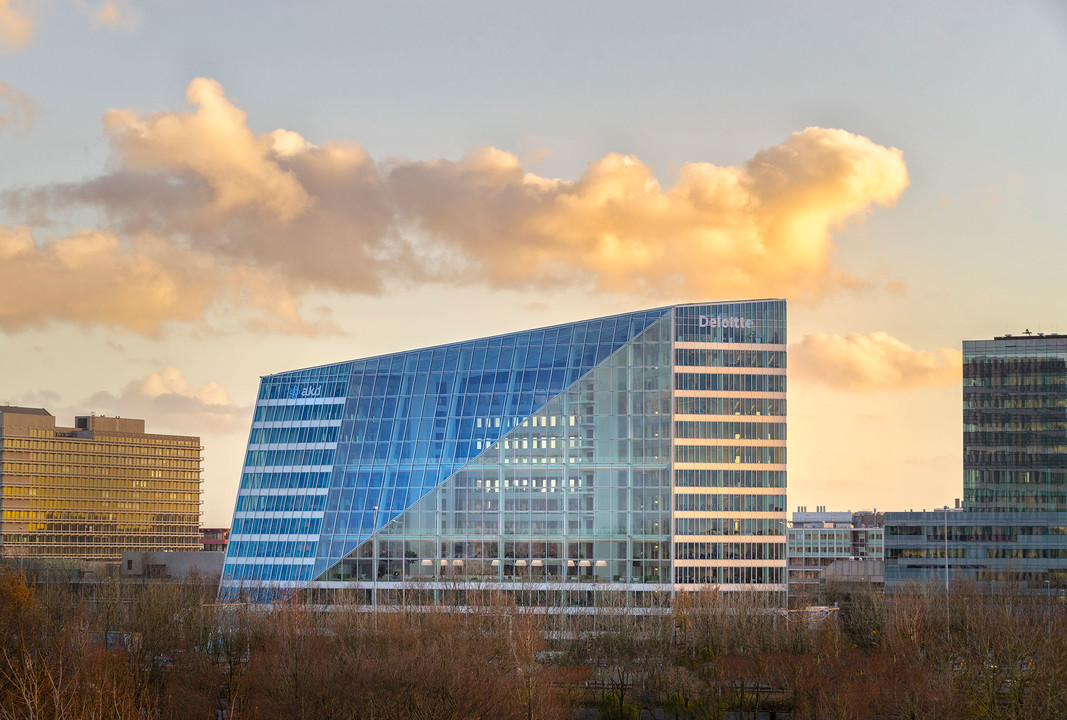Climate change is a global problem but requires the cooperation of sovereign governments to solve it. Each nation is motivated by its own self-interest and concerns. The typical challenges of managing communal resources are even more profound when considered in the context of climate change—the communal resource is a sustainable planet that is not destroyed by human action.
A classic challenge of communal resources is illustrated by “the tragedy of the commons.” In this allegorical illustration, a field is owned in common by all members of a community of herdsmen. The field is sufficient to feed all of the community’s herds, provided no individual herdsman overfeeds his herd; however, if one or more herdsmen do overfeed, some herdsmen will be left without enough grazing to feed their herds. To avoid falling victim to the greed of another herdsman, each herdsman determines to assure that his flock is well fed; and thus, becomes the problem herdsman that the others fear.
It is at the city level where decisions regarding building materials and engineering are made.
The 2015 Paris Agreement successfully addressed the individual interests of the world’s most polluting nations to find a consensus on a global path toward sustainability. In the United States, actualizing our commitments to reduction, conservation, etc., will require the participation of State authority. In the US, our federalist sovereignty vests great authority to states, which in turn vest such powers to local government; for instance, the State of California enacted the California Building Code, which is a minimum standard throughout the state, but incorporated cities layer-specific code over the CBC which directly impact entitlements for real estate developers. It is at the city level where decisions regarding building materials and engineering are made. It is also at the city level where decisions are made regarding density, placement, and land use. “Local action is critical for needed greenhouse gas emissions reductions to occur. Local governments control the vast majority of building construction, transportation improvements, and land use decisions in the United States” (Michael Boswell in his book “Local Climate Action Planning”).
Buildings are the single greatest contributor to greenhouse gas emissions—more than industry and more than transportation according to LA’s document. “The pLAn.” City planning regulates these buildings in almost every way that is relevant to climate change, which is why it is so meaningful in the global response to the sustainability of our planet.

